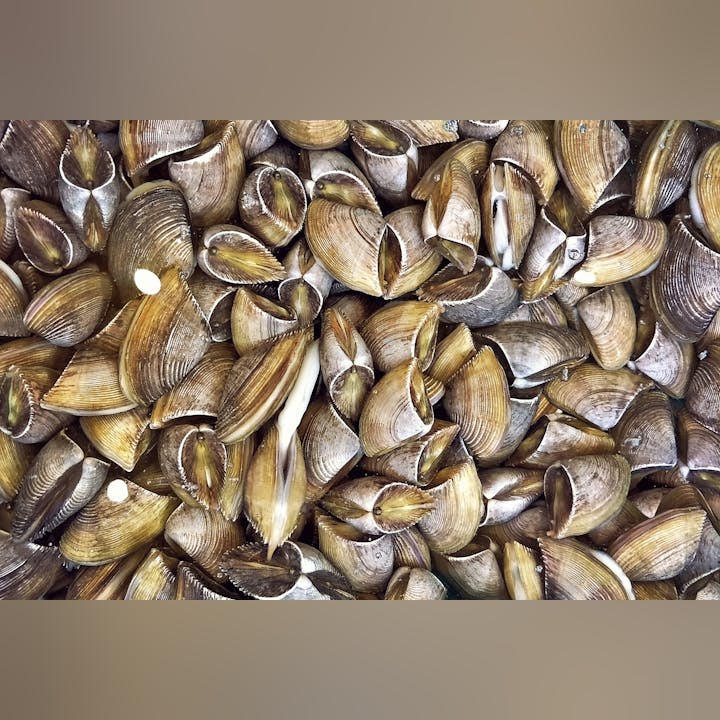Aquatic Invasive Species
Aquatic Invasive Species (AIS) are organisms that are not native to their environment. They can cause great harm to an aquatic ecosystem by spreading rapidly and outcompeting native species.
Early detection is critical to reduce the negative impacts of AIS and to potentially eliminate an invasive species before it becomes fully established within a waterbody. Effective AIS management of established AIS populations will also reduce negative impacts and control their further spread. Read more about Aquatic Invasive Species management in the District's Water Resources Report on the annual reports page.
Stop aquatic hitchhikers!
Follow the Clean-Drain-Dispose method to ensure you aren’t inadvertently transporting invasive species to other waterbodies.
Clean your boat by removing all visible plants, critters, or mud before leaving water access. Before entering a new waterbody, spray down your boat with hot water and let it dry for at least 5 days.
Drain all equipment by removing drain plugs before leaving water access. It’s against the law to pull a boat on a public road with a drain plug in.
Dispose of all unwanted bait in the trash. If you’d like to bring your bait from one waterbody to another, you must first dump and replace the water in your bait container with bottled or tap water.
Aquatic Invasive Species in our Lakes
The District monitors for new AIS presence in our waters by conducting bimonthly AIS inspections. These inspections consist of staff searching the area around the boat launch for various types of aquatic invasive species for 5 minutes. The searches are conducted at each regular water quality sampling event. Since most AIS enter a lake through the public access, this is the most likely location to find AIS. Below are the aquatic invasive species already present in our waters.






